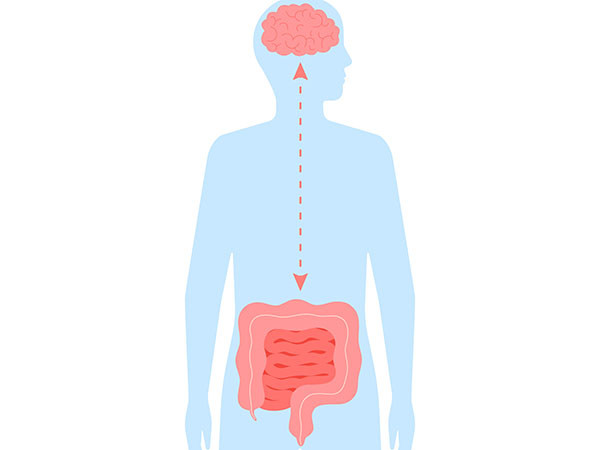Your gut microbiome is made up of good bacteria and influences aspects of your overall health, like weight, mood and immune function. To operate at your best, you want to make sure it’s well-maintained. Here is how to achieve a healthy gut microbiome:
Ensure you Get Enough Plants in your Diet
No matter your stance on plants, there’s no debate that the nutrients in them boost your health in all sorts of ways. Salad greens like lettuce and spinach, for example, provide iron and calcium for bone health, helps protect against cataracts for eye health and may help fight heart disease.
They also create a healthy gut microbiome.
Plants like vegetables, fruits, nuts and spices increase the amount of healthy bacteria there. And the more variety of plants in your diet, the more of that bacteria you’ll have.
The more diversity of good bacteria, the better suited your gut microbiome is to assist in areas like your immune, digestive and nervous systems.
A study done in the U.K. called the British Gut Project revealed that participants who ate 30 or more different plants per week were more likely to have certain healthy bacteria than those who ate only 10.
Reduce Stress
Stress is known to have physical consequences, and this includes your gut microbiome.
When stress is high and not being properly regulated, bacteria can produce inflammation in your gut. That inflammation can then lead to a host of issues like inflammatory bowel disease, heartburn or diarrhea.
Interestingly, poor gut health as a result of consuming processed foods can also make you stressed. Neurotransmitters like serotonin are produced in your gut, so when it’s not being cared for, that natural production is disrupted. Leading to mental health issues like depression and anxiety.
Stress affects gut health and poor gut health produces stress. They’re interlinked.
To combat stress, you can meditate, exercise or listen to music. See here for more information on this topic from a previous post of mine.
Meditation in particular can strengthen your vagal tone, making the gut and brain more accessible to each other. This better equips you to handle stress, resulting in a healthy gut microbiome.
To explore meditation as a beginner meditator, Headspace is a good start. Members have access to a wide variety of guided sessions which are useful if you don’t know how to approach it.
And if you purchase an annual subscription but don’t enjoy the service, you can cancel within 30 days by contacting teamsupport@headspace.com.
Sign up here.
Eat Fiber-Rich Foods
When you eat fiber-rich foods, they are fermented in the gut microbiome, producing metabolites which help with bodily processes like energy conversion. They also contribute to the diversity of healthy bacteria.
A lack of fiber in your diet can contribute to metabolic disorders such as diabetes.
So it’s in your best interest to be getting enough of it. Some examples of fiber-rich foods include almonds, avocadoes, apples, raspberries, oats and lentils.
Sources
- Eating 30 Plants per Week: How To Do It and Why (zoe.com)
- Stress, depression, diet, and the gut microbiota: human–bacteria interactions at the core of psychoneuroimmunology and nutrition – PMC (nih.gov)
- Dietary Fiber Intake and Gut Microbiota in Human Health – PMC (nih.gov)
- Ursell, Amanda. Complete Guide to Healing Foods. New York, Dorling Kindersley Publishing, Inc., 2000.
